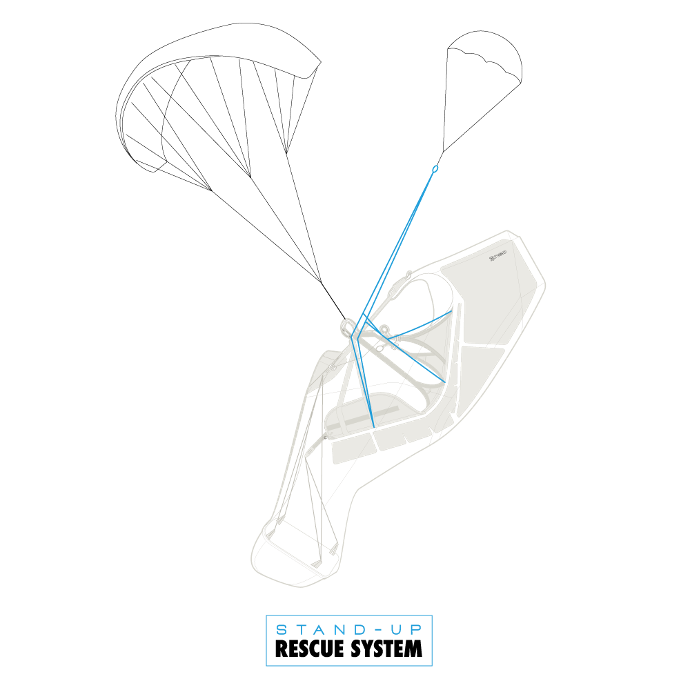Stand-up Rescue System
STAND-UP RESCUE SYSTEM
NEO innovates once again by filing a patent that greatly improves the safety of the pilot in case of using the rescue parachute. This system is called STAND-UP Rescue System.
ATTACHMENT ON THE SHOULDERS: THE CLASSIC SYSTEM
On a "classic" harness, the attachment points of a rescue parachute are placed on the shoulders (like the vast majority of the harnesses on the market).
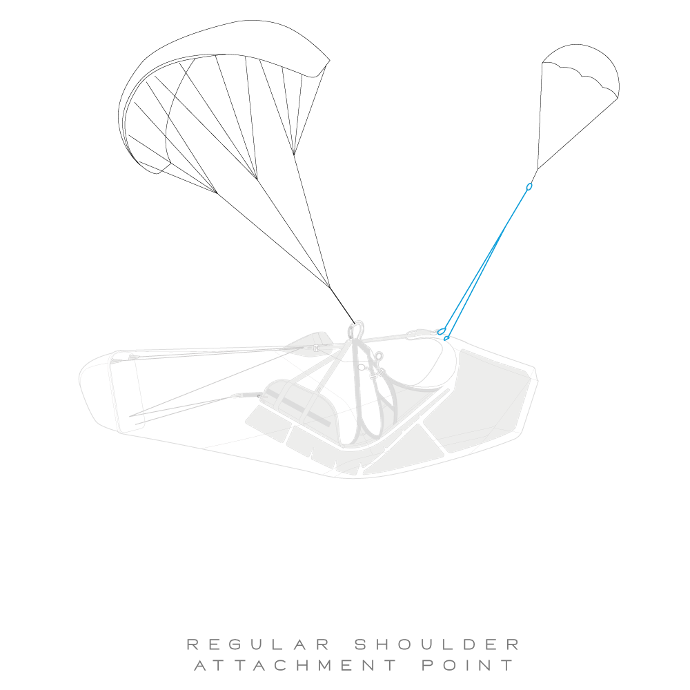
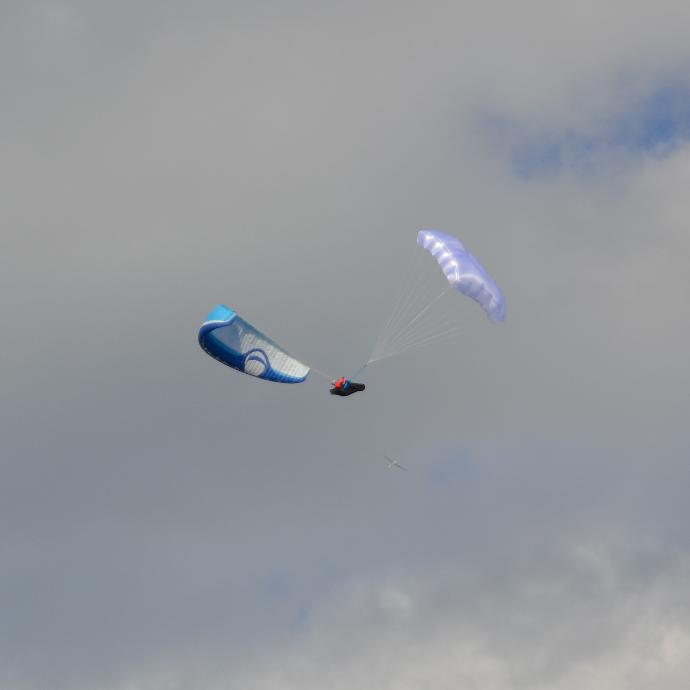
PARACHUTE OPENING AND DOWNPLANE
Without pilot intervention during the opening of the reserve parachute, the probabilities of a downplane are high (figure 1), and the paraglider will place itself opposite to the parachute.
The mirror effect increases the sink rate significantly, reaching 5m/s to over 9 or 10m/s, and making the landing violent with the potential of serious injuries.
The glider, with its leading edge facing downwards will even accelerate the fall. As a reminder, the reserve parachute should have a maximum sink rate of under 5.5m/s at the top of the weight range, according to the EN 12491 standard.
THE PROBLEM: LANDING ON YOUR BACK
If the pilot throws reserve at low altitude and doesn't have enough time, or if they're unable to disable the glider (due to twists, for example), a downplane will occur.
The distance between the shoulders and the main attachment point creates a lever effect placing the pilot horizontally on their back. The pilot follows the fall, not being able to react, with an inevitable impact on the back.

THE SOLUTION: THE STAND-UP SYSTEM
The STAND-UP system by NEO helps avoiding this stretched position, regardless the flying configuration.
The attachment points are now located at the glider's attachment point.
"STAND-UP" MEANS: THE PILOT SITTING UP AUTOMATICALLY
The STAND-UP Rescue System allows the pilot to sit up and land sitting down or standing up, their choice. It is up to the pilot to choose their arrival position to the ground. While sitting down like on a chair, the action to stand fully up is extremely simple.
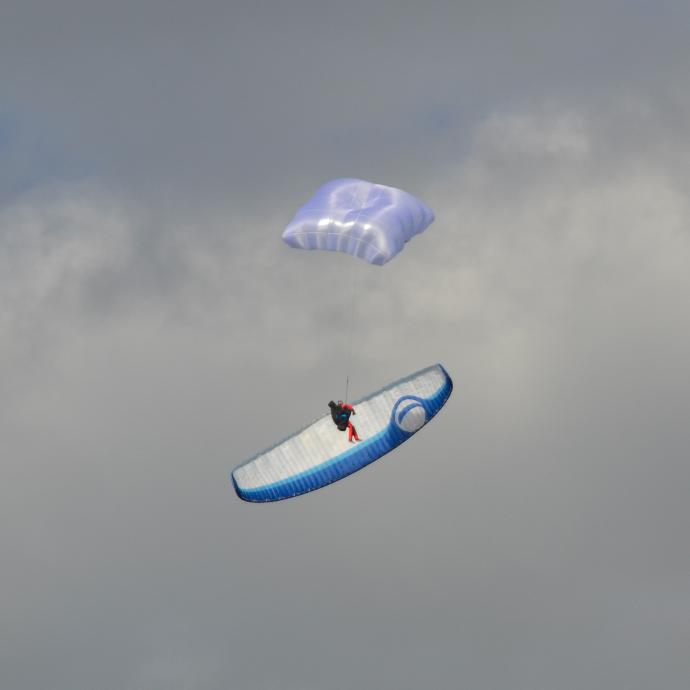

EASINESS AND COMFORT
TO DISABLE THE GLIDER
To stop the downplane, SIV (safety maneuvers course) instructors usually advise pilots to stall the glider by taking multiple wraps on the brakes and pulling them. The glider is now disabled.
The STAND-UP Rescue System allows the pilot to stay comfortable and active on their harness and make acting on the glider easier.
ACT TO LAND
Both sitting and standing positions of the STAND-UP Rescue System allows the pilot to turn around upon landing by holding the rescue risers to choose the direction of the impact or avoid a head-on collision with an obstacle.
Pilots will no longer endure the fall hanging and inactive under their parachute.
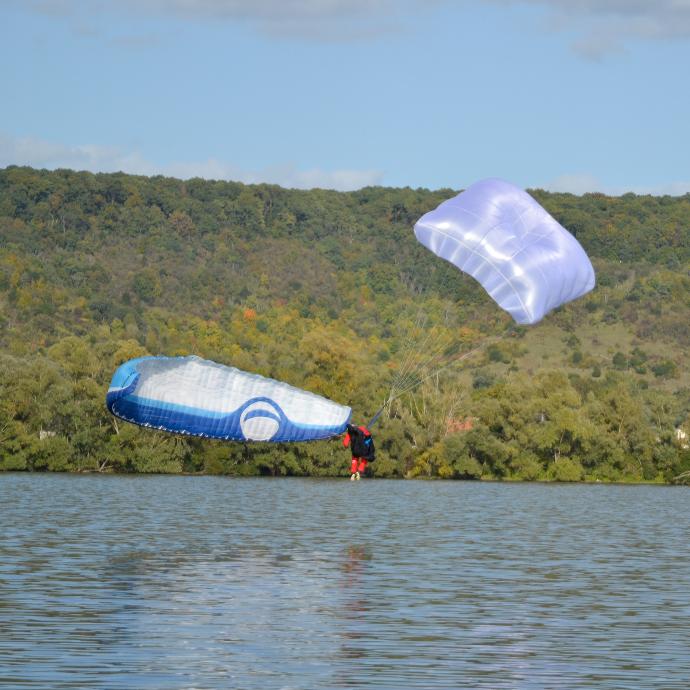
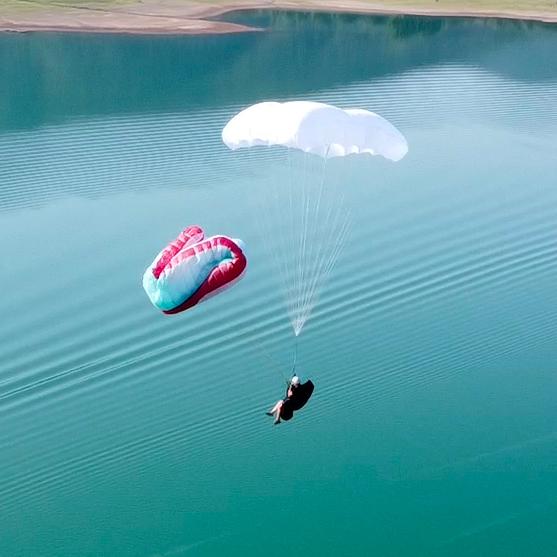
WHAT IF THE CARABINERS BREAK?
THE SYSTEM WORKS
In case the carabiners or maillons break, the rescue system will still work. The hang points of the rescue parachute are separate from the paraglider carabiners.
ANTI-STRANGULATION

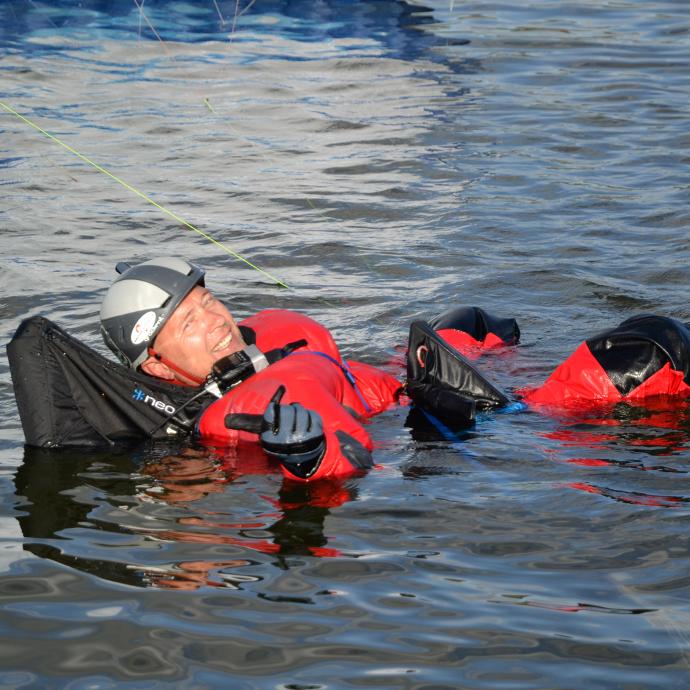
FINISHED BY SIV SPECIALISTS
This new system was born from conversations between Soaring's Marc Boyer and NEO R&D team. Marc participated in the design and flight tests of the STAND-UP Rescue System at Pobla de Segur, where SIV courses are given.
Thank you also to Espace 3D for letting us use their zipline at Doussard, Haute-Savoie, France and to Den's for the installation.
Hervé Gabet from Plaine Altitude participated in approving the system by testing it in flight at the SIV base in Léry-Poses before filing the patent.
The expertise of Hervé Gabet allowed NEO's R&D team to adjust the last details and especially test the system in real-life SIV conditions thanks to the school's gear.
FREE PATENT
The NEO STAND-UP Rescue System patent was filed under no. FR 2 300 536.Other paragliding harness manufacturers can contact NEO to use it for free but under certain conditions. The goal is to improve safety in paragliding.
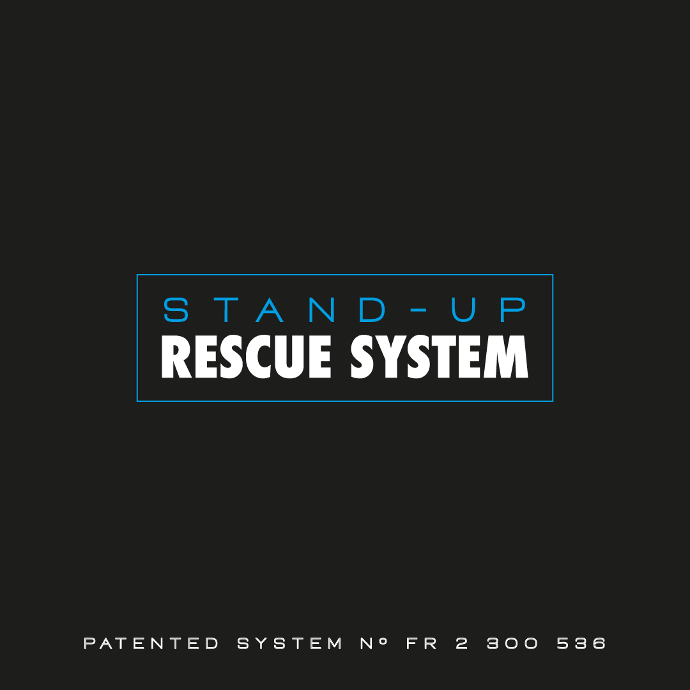
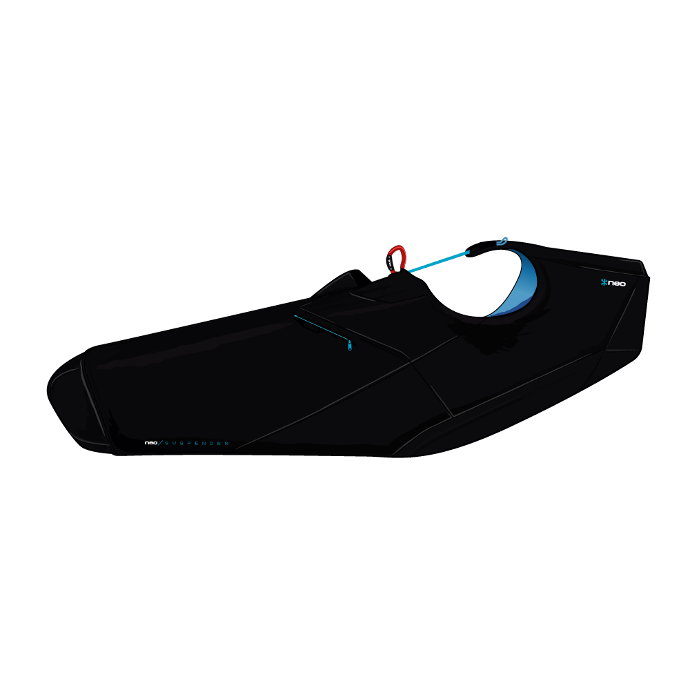
FIRST APPLICATION: SUSPENDER 2.0
The STAND-UP Rescue System will be used for the first time on a serial harness, the NEO Suspender 2.0, which will be ready by early spring.

